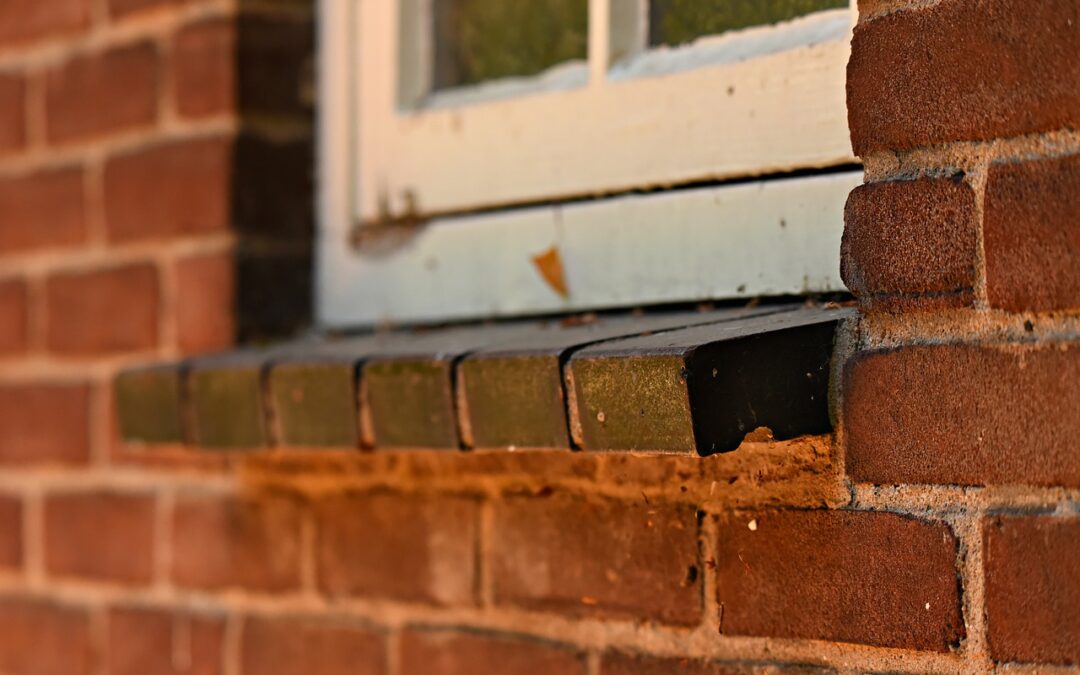Brick ledges, often regarded as the unsung heroes of construction, play a vital role in providing stability, support, and aesthetic appeal to buildings. This article delves into the definition, functions, installation methods, and advantages of brick ledges, highlighting their importance in the construction industry and the impact they have on the durability and design of structures.
Understanding Brick Ledges:
A brick ledge is a horizontal projection or shelf incorporated into the foundation of a building to support the weight of exterior brick or masonry veneer. This structural feature serves as a ledge or platform upon which the masonry wall rests, contributing to the overall stability and longevity of the structure.
Functions of Brick Ledges:
Support for Masonry Veneer: The primary function of a brick ledge is to provide support for the exterior masonry veneer of a building. By creating a stable platform, brick ledges ensure that the weight of the masonry is adequately distributed, preventing settlement or failure.
Moisture Protection: Brick ledges also serve as a barrier against moisture infiltration. By elevating the masonry above the ground level, the risk of water damage, such as efflorescence or decay, is minimized. This moisture protection is crucial for maintaining the structural integrity of the masonry.
Thermal Insulation: In some cases, brick ledges can contribute to the thermal performance of a building by allowing for the installation of insulation materials between the foundation and the masonry veneer. This enhances the building’s energy efficiency and comfort.
Installation Methods:
Brick ledges typically integrated into the foundation during the construction phase. The installation process involves careful planning and coordination between the foundation design and the intended masonry veneer. Common installation methods include:
Formwork: During the foundation pouring process, formwork use to create the desired shape and dimensions of the brick ledge. The concrete is then poured around the formwork, incorporating the ledge into the foundation.
Block Out: In some cases, a block-out method is employed. Where a section of the foundation is intentionally left out or recessed to accommodate the brick ledge. This approach allows for precise control over the ledge’s dimensions and alignment.
Lintel Installation: In situations where a brick ledge is required above doors or windows, lintels can incorporated into the masonry to provide support. These lintels often made of steel or reinforced concrete to bear the additional load.
Advantages of Brick Ledges:
Structural Integrity: Brick ledges enhance the structural integrity of a building by providing a secure foundation for the masonry veneer. This stability helps prevent settling or shifting of the exterior walls.
Aesthetic Appeal: Beyond their structural benefits, brick ledge contribute to the aesthetic appeal of a building. By elevating the masonry veneer above the ground, architects can create visual interest and architectural detailing.
Moisture Management: The elevation provided by the brick ledge helps manage moisture effectively. Reducing the risk of water-related damage to the masonry. This is particularly crucial in regions with varying weather conditions.
Versatility: Brick ledges are versatile and can customized to accommodate various architectural styles and design preferences. They provide architects and builders with flexibility in creating diverse and visually appealing exteriors.
Considerations and Challenges:
While brick ledges offer numerous advantages, it’s essential to consider factors such as local building codes. Soil conditions, and the weight of the masonry veneer. Proper installation and adherence to construction guidelines are crucial to ensure the effectiveness of brick ledges in supporting the structural load.
Conclusion:
Brick ledges are integral components of construction that contribute to both the structural integrity and aesthetic appeal of buildings. By providing essential support for exterior masonry veneers, managing moisture effectively, and enhancing the overall stability of structures. Brick ledge play a crucial role in the durability and longevity of buildings. Architects and builders recognize the significance of these unassuming ledges. Leveraging their versatility to create visually striking and resilient structures that stand the test of time.

